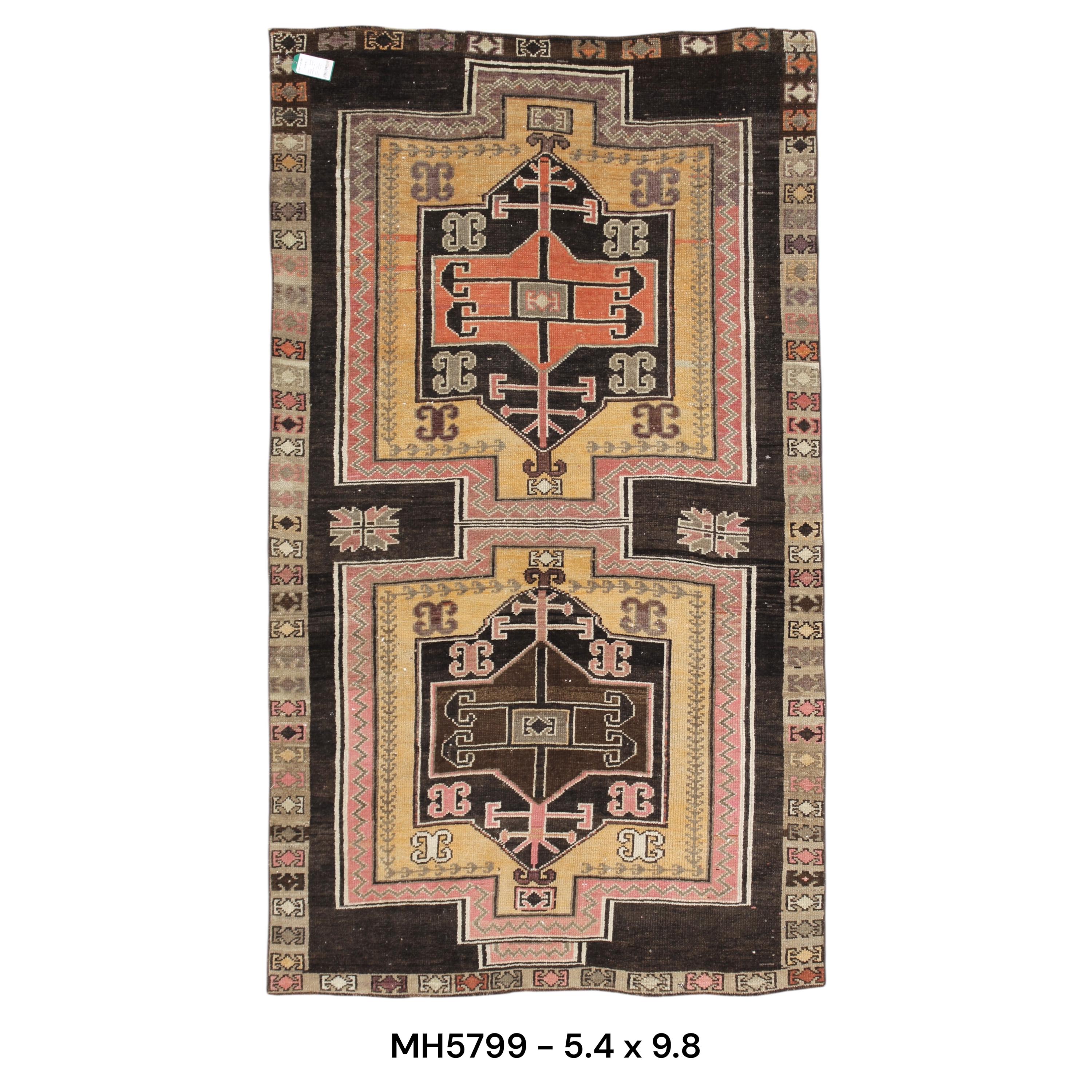Handwoven rugs carry centuries of tradition, craftsmanship, and cultural heritage in every knot. But if you’ve ever looked closely at a handmade rug, you might notice it isn’t perfectly rectangular. The edges may wave slightly, the corners might not be exact, and there could be subtle asymmetries. These quirks aren't flaws — they’re signs of authenticity, human touch, and true artistry.
1. Many Hands, Many Stories
Handwoven rugs are often created not by one artisan, but by a group of women working together over weeks or even months. Although they follow the same pattern, each woman has her own way of tying knots — different tension, grip, and rhythm. Even the same knot can look slightly different depending on who ties it. This subtle variation across the rug creates minor irregularities that give the piece character and warmth.
2. The Looms Tell a Story, Too
These rugs are frequently woven on looms set up in rural homes or even in mobile nomadic settings. Unlike industrial looms, these traditional ones might not be perfectly square or stable over time. Uneven tension or shifting frames can cause the rug to take on a slightly irregular shape as it grows row by row. It's all part of the handmade process.
3. Hand-Spun Wool Has Its Own Personality
The wool used in these rugs is usually hand-spun — not machine-produced. Even when spun to nearly identical thicknesses, hand-twisted yarns have tiny differences in density and elasticity. These inconsistencies, paired with the natural variations of the wool itself, affect how the material behaves during weaving. And that’s a good thing — these “beautiful imperfections” make each rug truly one of a kind.
4. Final Trimming Adds the Last Human Touch
Once the rug is fully woven, it’s trimmed and shaped by hand. The surface is sheared to an even pile, and the edges are adjusted for final shape. But again, this is done with scissors and skill, not machines. The result may not be perfectly geometric — but that’s part of its beauty.
A handmade rug isn't meant to be flawless — it's meant to be real. Each curve, tilt, or shift tells a story of human hands, shared labor, and time-honored tradition. These irregularities don’t reduce a rug’s value — they enhance it. So next time you notice a handwoven rug that isn’t quite “perfect,” remember: it’s not supposed to be. That’s what makes it truly special.
